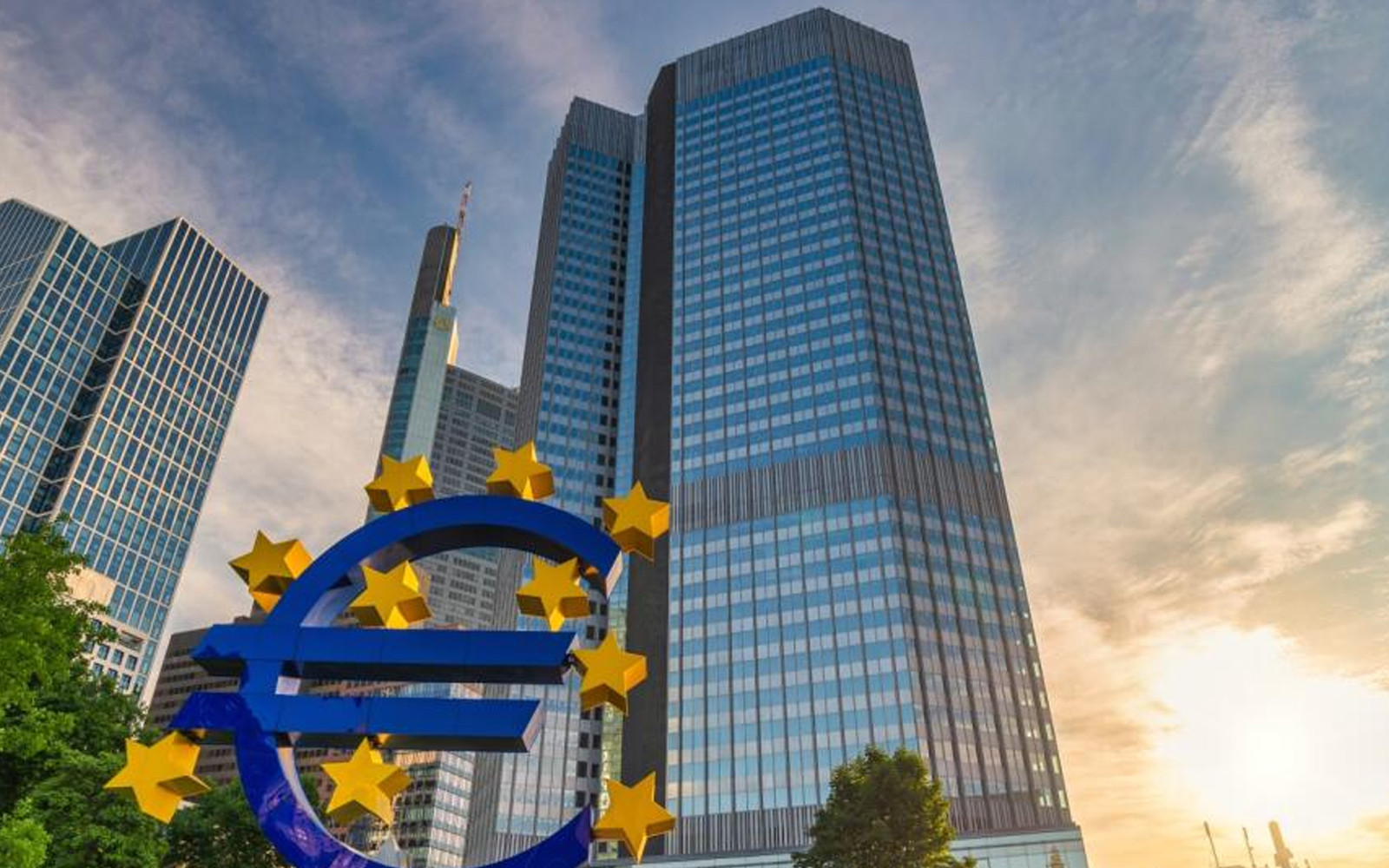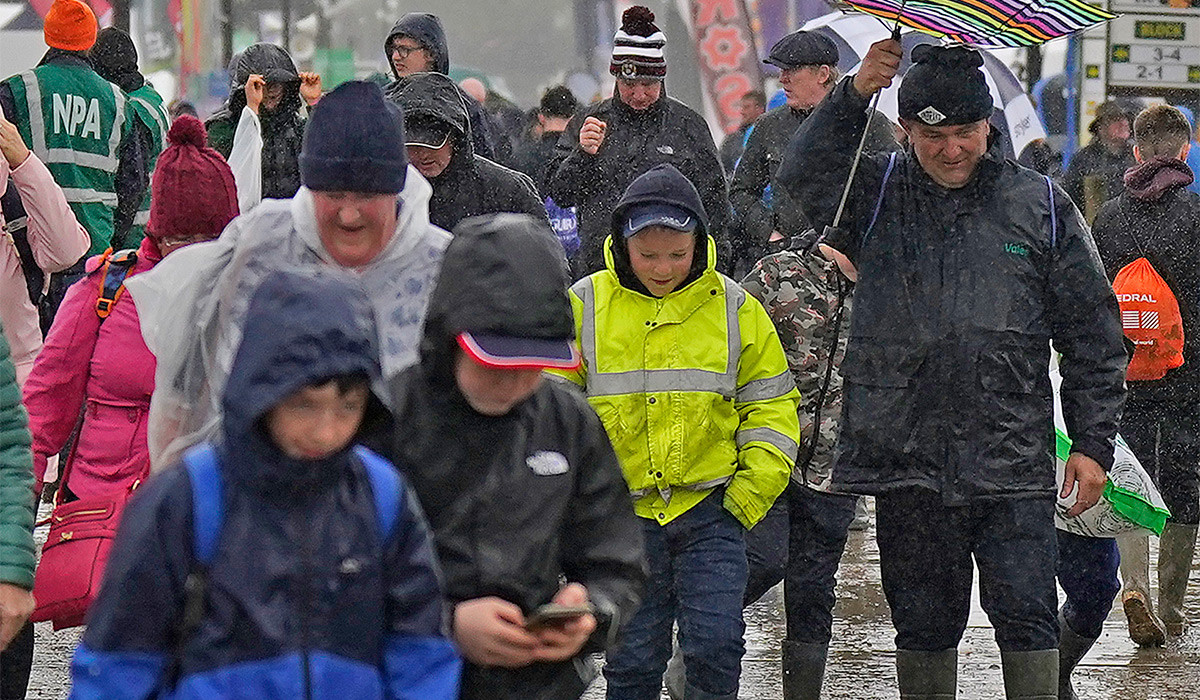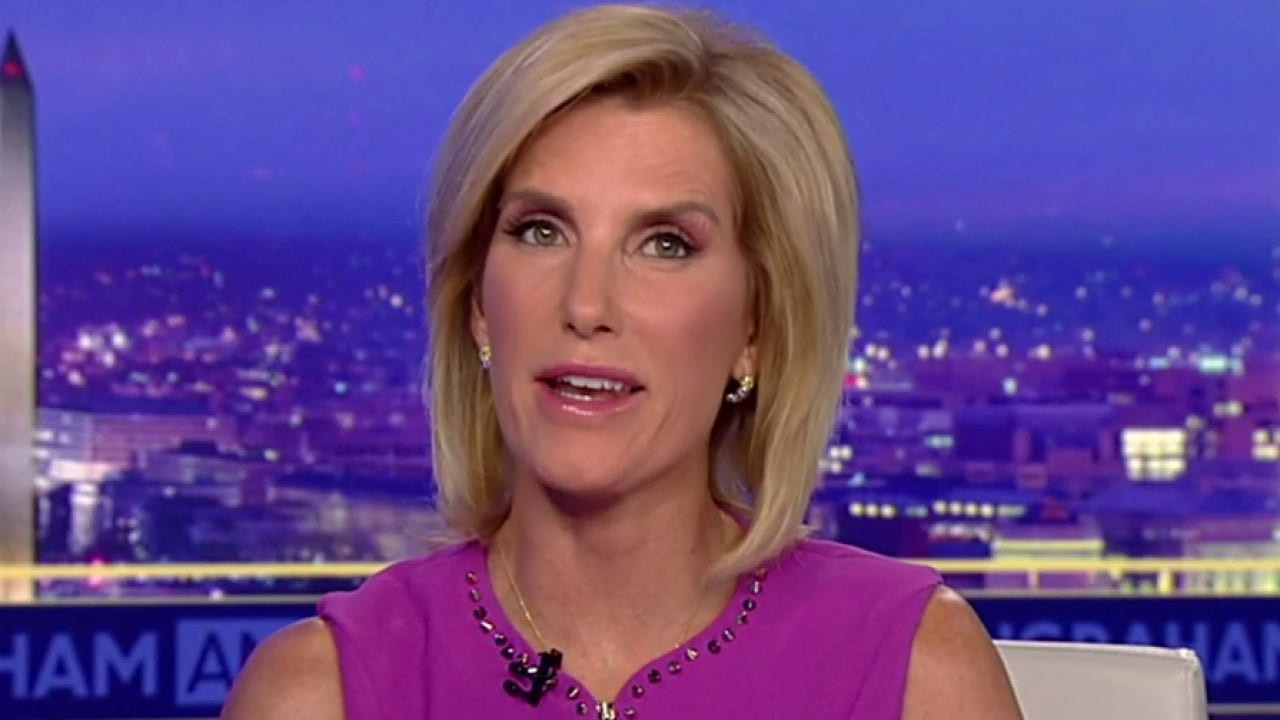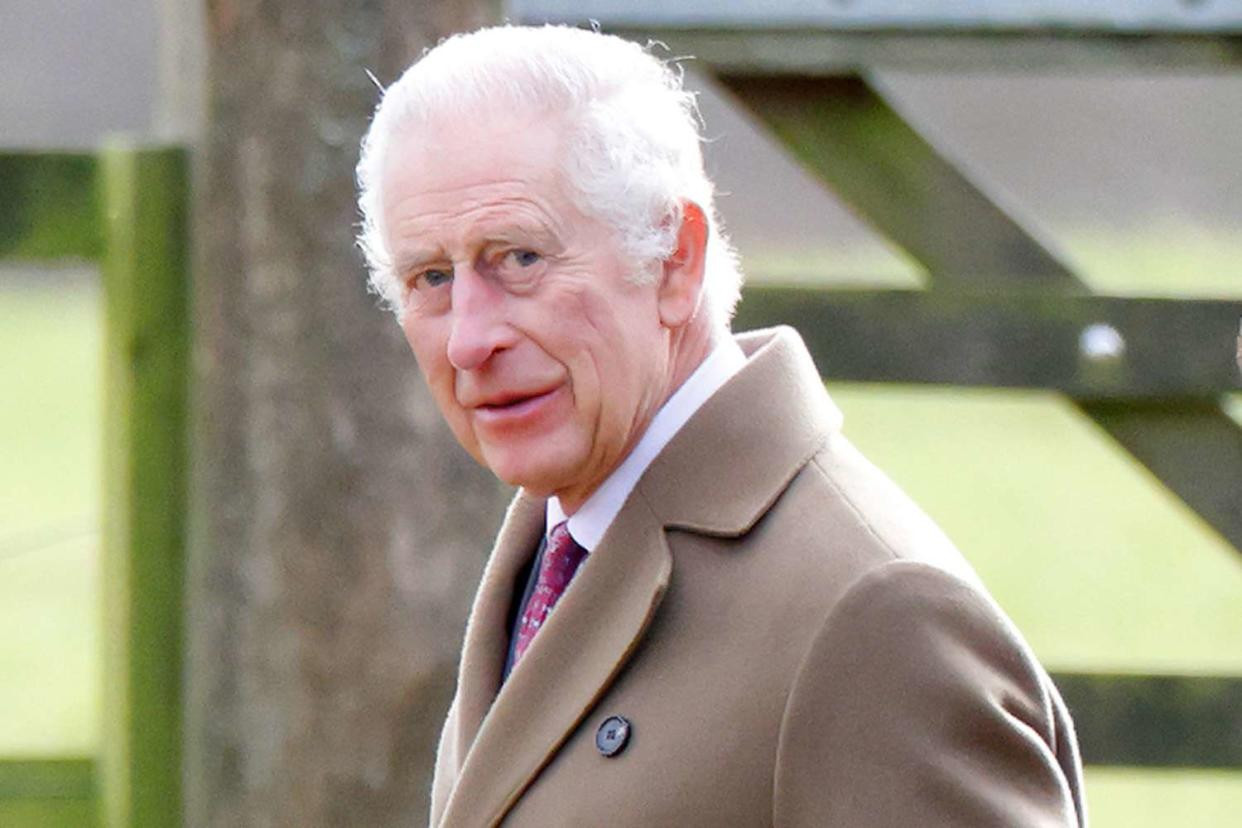The European Central Bank (ECB) on Thursday delivered a quarter-point interest rate cut, marking its second reduction to the deposit rate this year. This widely anticipated move comes after a period of sluggish economic growth across the euro zone and cooling inflation, which fell back toward the central bank's 2% target in August.
What Does This Mean for the Eurozone?
The ECB's decision to cut rates reflects a growing concern among policymakers about the health of the eurozone economy. The region has been grappling with a number of challenges, including the war in Ukraine, energy price increases, and supply chain disruptions. These challenges have weighed on economic growth and led to a sharp rise in inflation.
The ECB's rate cuts are intended to stimulate the economy by making it cheaper for businesses and consumers to borrow money. This could help to boost investment and spending, and ultimately lead to higher economic growth.
What's Next for Interest Rates?
The big question for many market participants is not whether the ECB will cut rates in September — but whether the central bank will provide any clues as to what will follow. The ECB's Governing Council said in a statement that it "is not pre-committing to a particular rate path," while reaffirming the need to take a data-dependent and meeting-by-meeting approach.
Economists are split over whether policymakers at the ECB will look to pause when they meet again on Oct. 17, as they had done in July, before potentially reducing rates by another quarter-point on Dec. 12.
The Euro's Reaction
The euro traded higher against the U.S. dollar after the European Central Bank announced its decision to cut interest rates and ECB President Christine Lagarde gave a post-decision press conference. The euro was up around 0.21% to $1.103 as of 3:00 p.m. London time.
What's Next for Inflation?
Services inflation is set to decline across 2025, European Central Bank President Christine Lagarde said in a press conference on Thursday. Among other factors, this projection is linked to expectations that wage growth will ease, she explained. While other components of inflation were easing, services were increasing, she noted. The latest euro area inflation print showed that services inflation came in at 4.2% in August, above the previous month's 4% print. Lagarde on Thursday attributed this to factors including holiday packages and insurance. Services inflation was "clearly the component of prices that requires very attentive understanding," and "monitoring," she said.
The ECB's Decision Was Unanimous
The European Central Bank's decision to cut interest rates by 25 basis points was "unanimous," its President Christine Lagarde said Thursday in the post-meeting press conference. "We thought that given that gradual disinflationary process it was perfectly appropriate to moderate the degree of monetary policy restriction," she said. Lagarde also described the decision as "perfectly legitimate," and said it was made based on a review of incoming data, analysis from ECB staff and the consistency of projections. The September inflation projections were "virtually unchanged" from those in June, she said, noting that inflation was still expected to return to the 2% target rate in 2025.
The Eurozone's Future: A Cautious Outlook
The ECB's decision to cut rates is a sign that policymakers are becoming increasingly concerned about the economic outlook for the eurozone. The region is facing a number of challenges, including the war in Ukraine, high energy prices, and supply chain disruptions. These challenges have weighed on economic growth and led to a sharp rise in inflation.
While the ECB's rate cuts are intended to stimulate the economy, it remains to be seen whether they will be enough to offset the headwinds facing the eurozone. The ECB is likely to continue to monitor economic data closely and adjust its monetary policy accordingly.
Key Takeaways
-
The ECB has cut interest rates for the second time this year in an effort to stimulate the eurozone economy.
-
The ECB is taking a data-dependent and meeting-by-meeting approach to monetary policy.
-
The euro has traded higher against the U.S. dollar following the ECB's rate cut.
-
The ECB is closely monitoring inflation and expects it to return to the 2% target rate in 2025.
-
The ECB is also monitoring the economic outlook for the eurozone, which is facing a number of challenges.
-
The ECB's rate cuts are a sign that policymakers are becoming increasingly concerned about the economic outlook for the eurozone.
-
The ECB is likely to continue to monitor economic data closely and adjust its monetary policy accordingly.

















